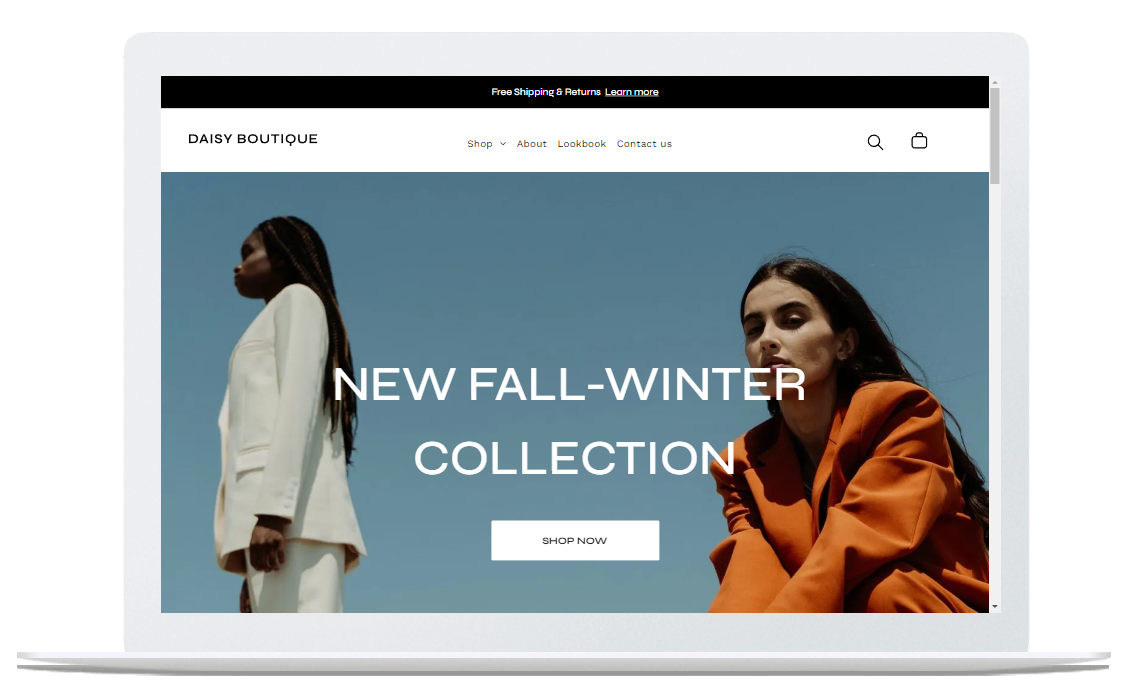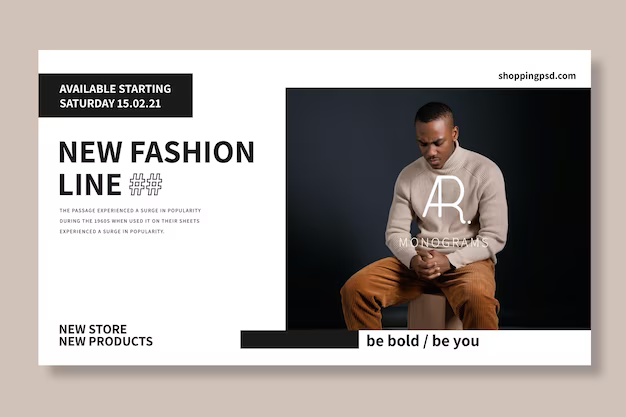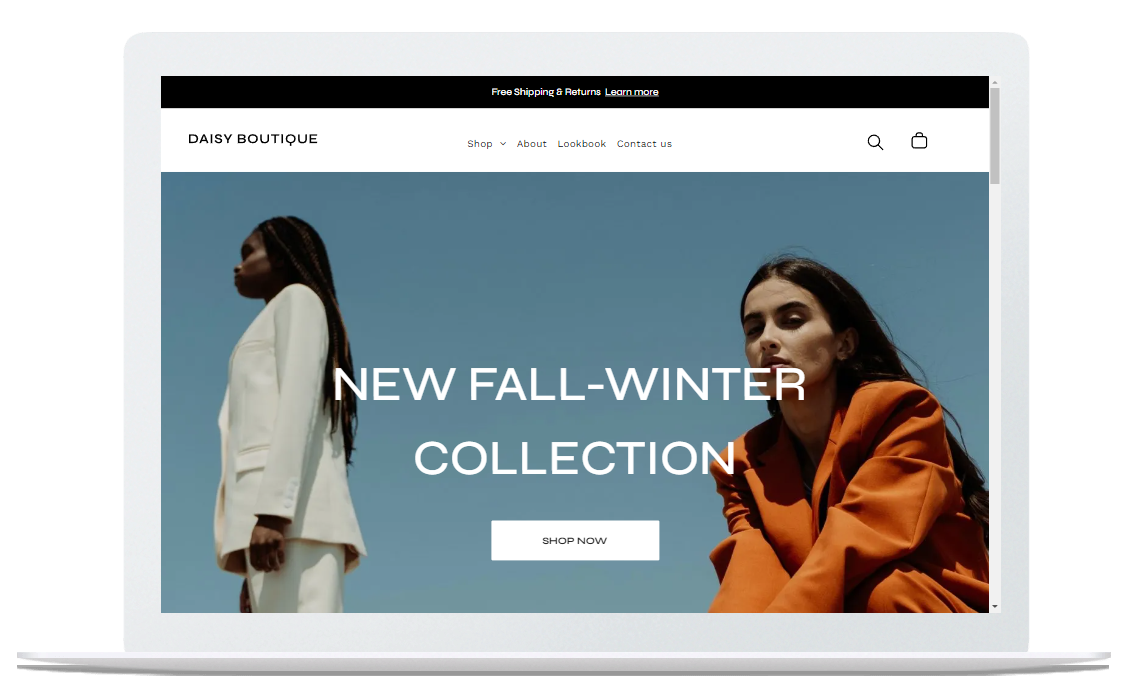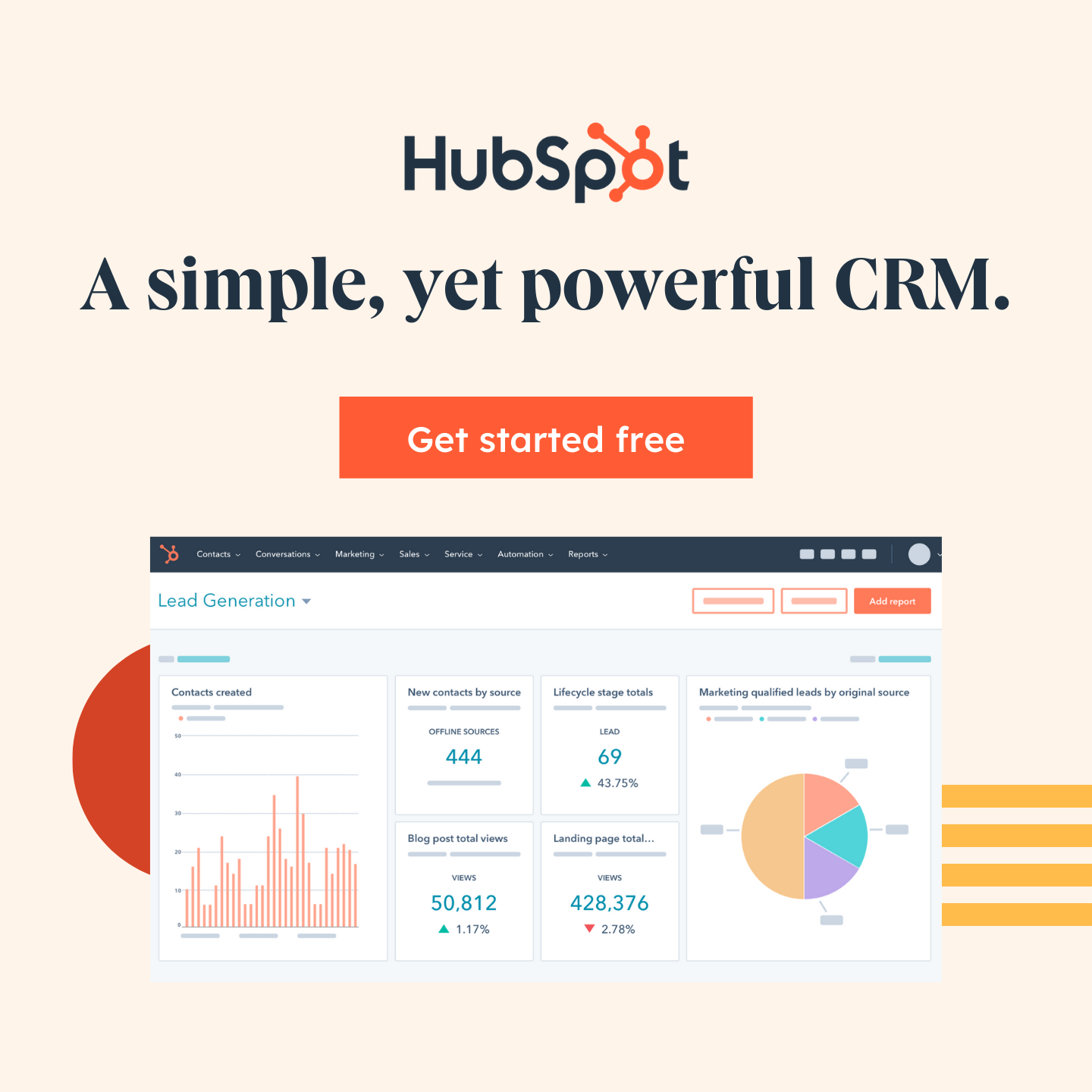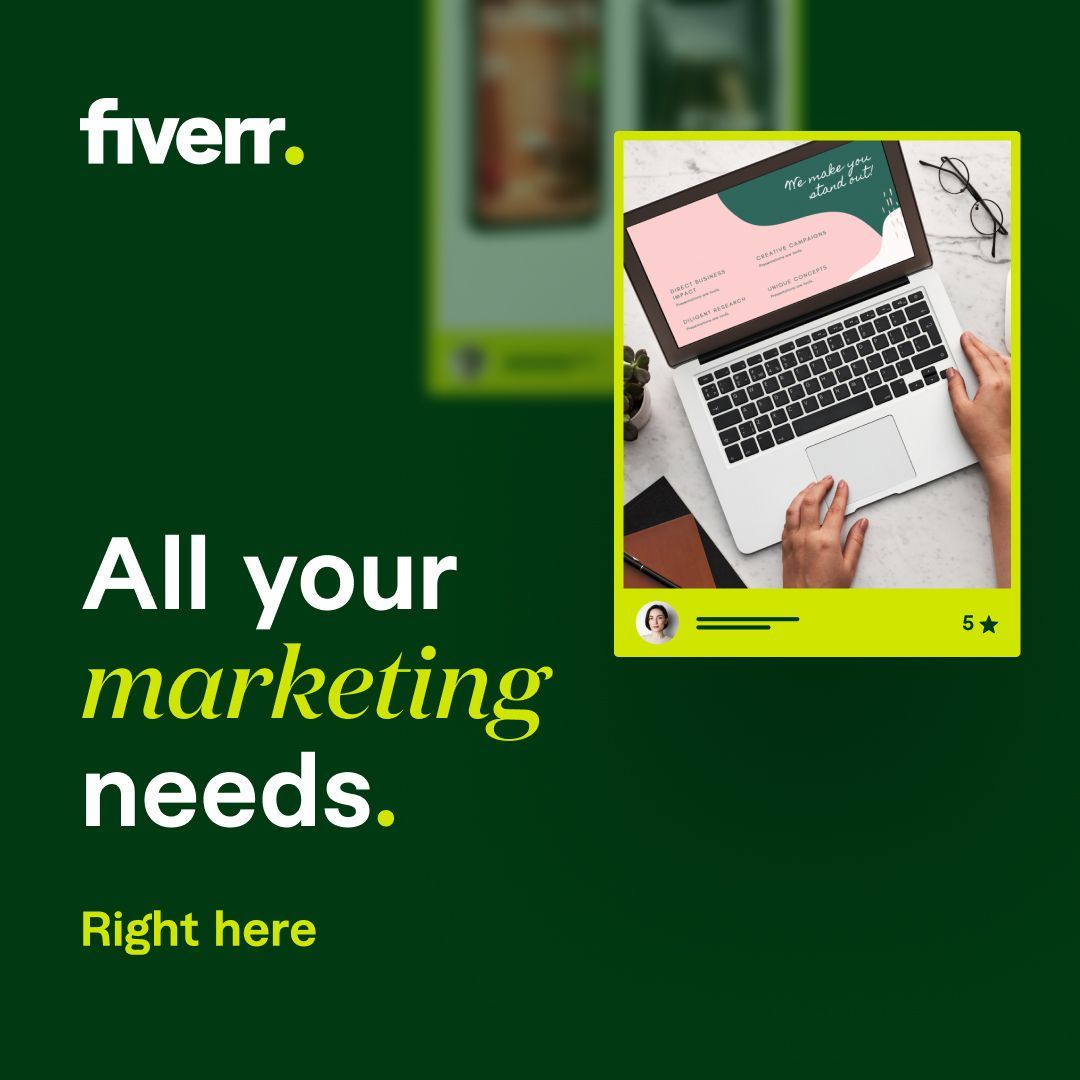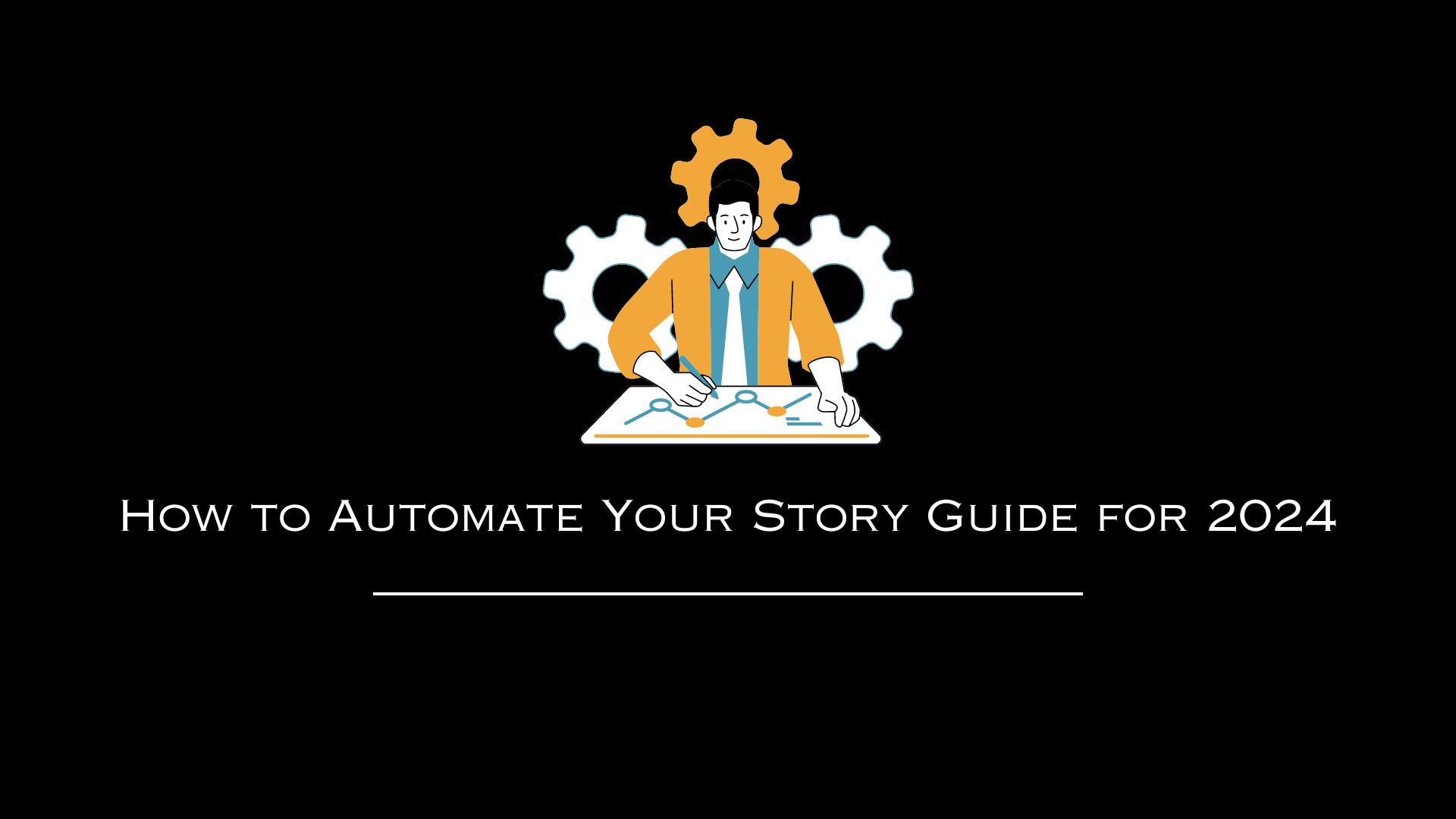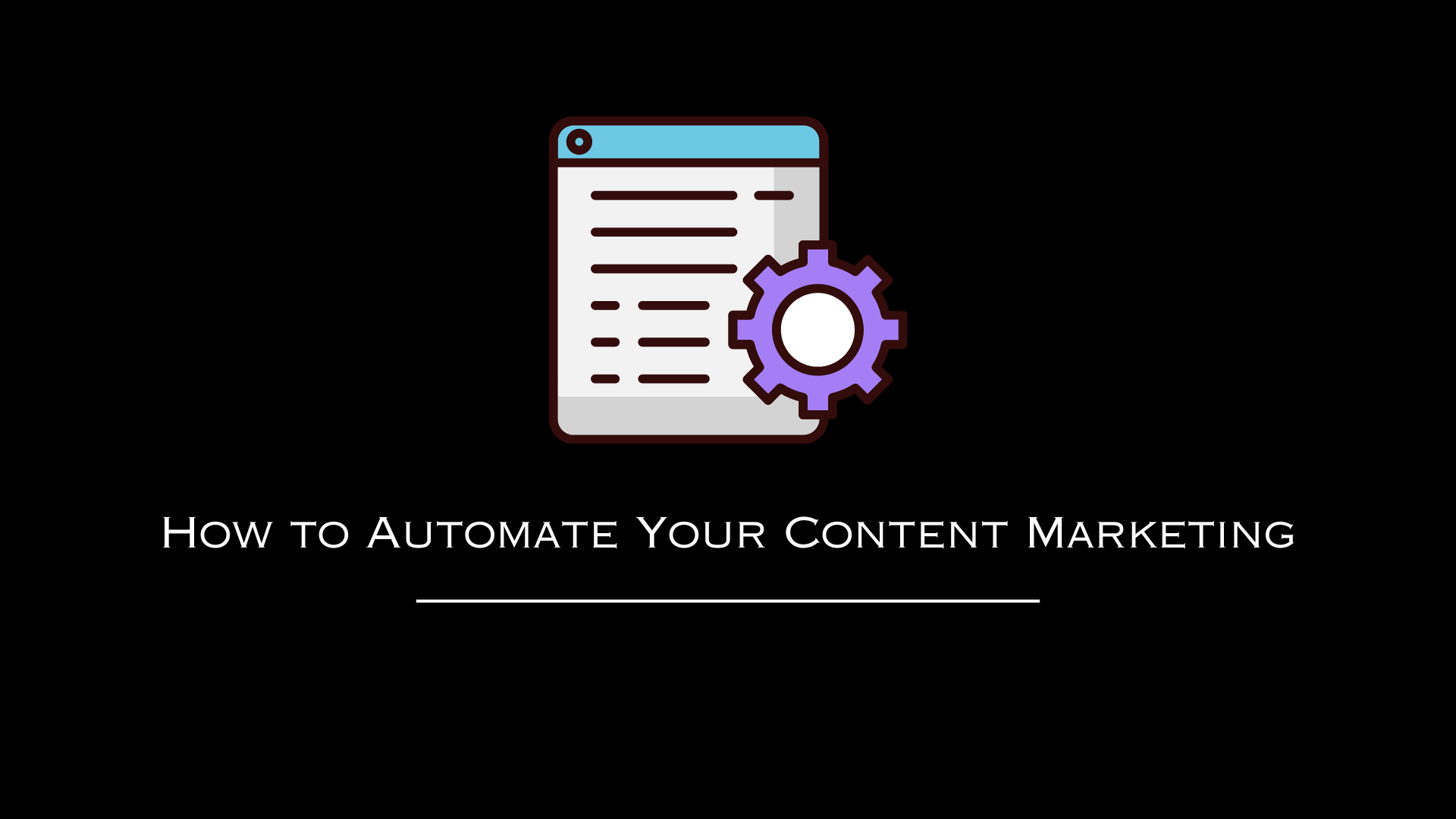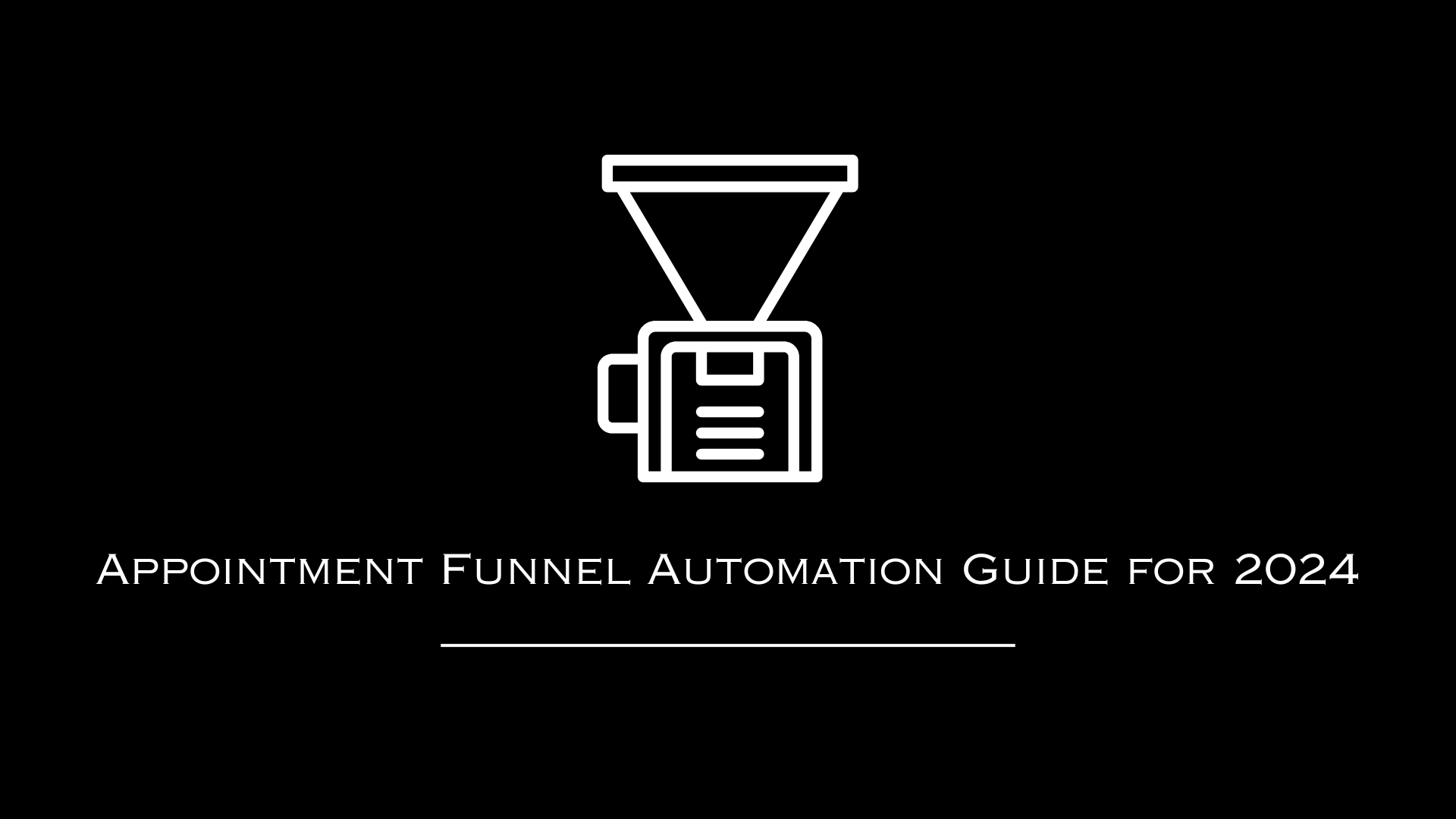AutomationLinks
This blog post has been researched, edited, and approved by expert Hannah Peake. Join our newsletter below to get our free marketing guides.
Here are four simple tips for marketing your clothing store:
- Know Your Audience: Dive deep into customer demographics, preferences, and behaviors to tailor your marketing strategies for maximum relevance and impact.
- Maximize Social Media: Utilize platforms like Instagram, Facebook, and Pinterest to showcase your products, share behind-the-scenes content, and engage with your community through personalized and visually appealing posts.
- Enhance the Shopping Experience: Create a memorable in-store atmosphere with unique layouts, interactive displays, and exceptional customer service, making every visit shareable and encouraging repeat business.
- Leverage Email Marketing:
Build a direct line of communication with your customers using platforms like MailerLite to send personalized, segmented email campaigns that drive sales and foster brand loyalty.
Table of contents
- Introduction: Setting the Stage
- Understanding Your Target Audience
- Leveraging Social Media Effectively
- Enhancing In-Store Experience
- Utilizing Email Marketing
- Hosting Events and Collaborations
- Wrapping Up
Introduction: Setting the Stage
In today's fast-paced world, where fashion trends come and go with the seasons, standing out in the crowded clothing industry can be a challenge. Imagine this: 60% of small fashion retailers struggle to retain customer interest beyond the initial purchase. This statistic isn't just a number; it's a reflection of the fierce competition and the constant battle for relevance in the eyes of your target audience.
The challenges facing clothing stores today are multifaceted. From the relentless rise of online shopping giants that offer everything at the click of a button to the rapidly changing consumer habits that now favor sustainability and personalized experiences, brick-and-mortar stores find themselves at a crossroads. How do you attract new customers while retaining existing ones in such a volatile market? How do you ensure your store not only survives but thrives?
This article is designed to answer these questions and more. Here, we will delve into actionable marketing tips specifically tailored for clothing stores looking to make their mark. Whether you're a boutique owner seeking to increase foot traffic or an online store aiming to boost your conversion rates, the strategies shared here will help you navigate the complexities of the modern retail landscape and pave the way for success. Stay tuned as we explore the essentials of effective marketing in the competitive clothing industry, ensuring your store not only survives but thrives.
Connect With Us On X
Connect with AutomationLinks owner Brad Smith on X (formerly Twitter) here to learn more about advertising. Feel free to message him with any questions about X advertising and marketing.
Understanding Your Target Audience
Knowing your customers is the cornerstone of any successful marketing strategy, especially in the clothing industry where trends and preferences can shift with the seasons. Understanding who shops at your store—covering aspects like age, gender, income level, and even lifestyle choices—can provide invaluable insights into how to approach your marketing efforts. It's not just about identifying who they are but diving deep into their behaviors, preferences, and purchasing patterns. This rich tapestry of data allows you to tailor your marketing messages, product selections, and overall shopping experience to meet the specific needs and desires of your audience.
Gathering this customer data might seem daunting at first, but with the right tools and approaches, it can be integrated seamlessly into your business operations. Utilizing customer relationship management (CRM) systems, social media analytics, and even feedback from direct customer interactions can offer a wealth of information. The goal is to use this data to inform your marketing strategies, making every campaign more targeted and effective. By understanding your audience at a granular level, you can anticipate their needs, cater to their preferences, and ultimately build a stronger, more loyal customer base.
- Implement a CRM System: Use CRM software to track customer interactions, purchase history, and feedback. This centralized database is a goldmine for personalizing marketing efforts and improving customer service.
- Leverage Social Media Insights: Social media platforms offer detailed analytics about your followers' demographics, interests, and engagement patterns. Use this data to tailor your content and ads.
- Conduct Surveys and Polls: Regularly engage with your customers through surveys and polls to gain direct insights into their preferences and feedback. This can guide product development and marketing strategies.
- Analyze Purchase Behavior: Review sales data to identify trends, such as which items are most popular with certain demographic groups or during specific times of the year.
- Personalize Communications: Use the data you've collected to segment your audience and personalize your marketing messages, from emails to social media posts, ensuring relevance and increasing engagement.
Leveraging Social Media Effectively
In the digital age, social media has become an indispensable tool for brand building, particularly for clothing stores looking to carve out their niche in the market. Platforms like Instagram, Facebook, and Pinterest serve distinct roles in your marketing strategy, each offering unique ways to connect with your audience. Instagram, with its visually rich format, is perfect for showcasing high-quality images of your products, tapping into the aesthetic appeal of your clothing lines. Facebook allows for deeper engagement through stories, live videos, and customer interaction in the comments section, making it ideal for building community. Pinterest, on the other hand, acts as a source of inspiration for many, where curated boards can highlight your products in lifestyle settings, influencing purchase decisions.
To maximize the impact of your social media efforts, it's crucial to adopt best practices for content creation. Start by showcasing your products in a way that resonates with your target audience—this could mean high-resolution images, stylized photoshoots, or even candid snapshots that highlight the everyday appeal of your clothing. Behind-the-scenes content also plays a significant role in humanizing your brand, offering a glimpse into the process behind your collections, from design to production. Customer testimonials and user-generated content should not be underestimated; they provide social proof and can significantly influence potential buyers. Engaging with your audience through comments, reposting their content, and even hosting live Q&A sessions can further enhance your social media presence.
- Create a Content Calendar: Plan your posts in advance to maintain a consistent presence across all platforms. Tailor your content to suit the unique audience and format of each social media channel.
- Use High-Quality Visuals: Invest in professional photography or learn some photography basics to ensure your products look their best.
- Engage with Your Audience: Respond to comments, messages, and mentions to build a community around your brand. Engagement boosts your visibility due to social media algorithms.
- Leverage Hashtags and Tags: Use relevant hashtags and tag collaborators or featured products to increase the discoverability of your posts.
- Monitor Analytics: Keep an eye on the performance of your posts to understand what resonates with your audience. Use these insights to refine your strategy over time.
Enhancing In-Store Experience
Creating a memorable in-store experience is crucial for clothing stores seeking to stand out in a competitive retail landscape. A visit to your store should be more than just a shopping trip; it should be an event that customers want to share with their friends and followers. Achieving this starts with unique store layouts that engage and surprise your customers. Think beyond traditional racks and shelves—consider incorporating thematic sections, interactive displays where customers can touch and feel the products, or even lounge areas where they can relax and envision the lifestyle your brand promotes.
Interactive displays are especially effective, as they invite customers to engage with your products in a hands-on manner. Technology can play a key role here, with digital screens allowing customers to view product information, styling tips, or even virtually try on clothes. Exceptional customer service is the linchpin of a memorable in-store experience. Staff should be not only knowledgeable about the products but also embody the brand's values and ethos, providing personalized styling advice and making every customer feel valued.
- Create Shareable Moments: Design parts of your store to be especially "Instagram-worthy," encouraging customers to take photos and share their experience online. This not only amplifies your reach but also ties the physical and digital aspects of your brand together.
- Offer Exclusive In-Store Promotions: Use your online platforms to promote special deals available only to in-store visitors, driving online followers to visit your physical location.
- Implement Omnichannel Strategies: Ensure a seamless transition between online browsing and in-store shopping. For example, allow customers to check in-store availability online or reserve items for in-store pickup.
- Collect In-Store Feedback for Online Improvement: Use the direct feedback you receive from in-store customers to enhance your online presence, whether it's improving product descriptions, online customer service, or even the user interface of your e-commerce site.
- Host In-Store Events: Leverage your social media platforms to promote in-store events, workshops, or launches, creating a buzz that drives foot traffic and enhances the overall brand experience.
Utilizing Email Marketing
Email marketing remains one of the most effective tools in a clothing store's arsenal for driving sales and building a loyal customer base. The beauty of an email list lies in its directness—unlike social media, where algorithms can affect your visibility, emails land straight in your customers' inboxes. This direct line of communication is invaluable for promoting new collections, exclusive sales, and brand stories. Building an email list effectively begins with offering value in exchange for subscription. This can be in the form of a discount on the first purchase, exclusive access to sales, or insightful fashion content.
One of the most user-friendly and efficient platforms for managing email campaigns is MailerLite. It offers an intuitive interface for crafting emails, segmenting your list, and analyzing the performance of your campaigns. Segmentation is crucial; it allows you to tailor your messages based on customers' past purchases, preferences, and engagement levels, ensuring that your communications are relevant and engaging. Personalization goes hand in hand with segmentation—addressing customers by name, recommending products based on their purchase history, and sending birthday discounts are just a few ways to make your emails feel more personal.
- Capture Emails Creatively: Use pop-ups, landing pages, or in-store tablets to encourage newsletter sign-ups, offering an immediate incentive for doing so.
- Leverage MailerLite’s Features: Utilize MailerLite’s automation, A/B testing, and detailed analytics to refine your campaigns. Automated welcome sequences can introduce new subscribers to your brand, while A/B testing can help determine the most effective subject lines or content.
- Segment Your Audience: Group your subscribers based on their interests, purchase behavior, or how they signed up. This allows for more targeted and relevant email campaigns.
- Personalize Your Messages: Go beyond using the customer’s name. Tailor content, offers, and product recommendations to fit the individual preferences and behaviors of segments within your list.
- Integrate with Your E-commerce Platform: Connect MailerLite with your e-commerce platform to easily track the success of your campaigns in driving sales, and to automate processes like sending cart abandonment emails.
Hosting Events and Collaborations
Events and collaborations offer a dynamic way for clothing stores to create buzz, attract new customers, and enrich the brand experience. By hosting in-store events or pop-up shops, you can transform your store into a vibrant community hub, drawing in both existing customers and curious passersby. Collaborating with local artists, influencers, or other businesses not only broadens your reach but also infuses your brand with fresh energy and appeal. These partnerships can result in unique product lines, engaging social media content, and exclusive events that generate excitement and anticipation.
The key to successful events and collaborations lies in aligning with partners that share your brand values and appeal to your target audience. For instance, a pop-up collaboration with a local artist can attract their followers to your store, offering them a new avenue to engage with the artist's work while discovering your clothing lines. Similarly, partnering with influencers for exclusive launch events or styling workshops can leverage their social media presence to amplify your brand's visibility. These initiatives should be heavily promoted across all your marketing channels, from social media to email newsletters, ensuring maximum exposure.
- Leverage Local Networks: Collaborate with local businesses or creatives to tap into their audience and add a unique local flavor to your events.
- Create Exclusivity: Offer limited-edition products, early access, or special discounts to event attendees, creating a sense of exclusivity and urgency.
- Utilize Social Media: Encourage attendees and collaborators to share their experiences on social media, using specific hashtags to track engagement and reach.
- Gather Feedback and Capture Data: Use events as an opportunity to gather customer feedback and capture new email subscribers, enhancing your future marketing efforts.
- Showcase Success Stories: After the event or collaboration, share success stories, highlights, and customer testimonials across your platforms to extend the buzz and show the value of your brand experiences.
wrapping up
Throughout this article, we've explored a variety of actionable marketing tips tailored for clothing stores aiming to navigate the competitive retail landscape successfully. From understanding your target audience to leveraging the power of social media, enhancing the in-store experience, utilizing email marketing through platforms like MailerLite, and hosting engaging events and collaborations, each strategy offers a unique avenue to connect with customers and elevate your brand.
The retail environment is constantly evolving, and so should your marketing strategies. By deeply understanding your audience, you can create more targeted and effective campaigns. Social media platforms are invaluable tools for building your brand's visual identity and engaging with your community. Meanwhile, enhancing the physical shopping experience ensures that your store remains a destination worth visiting. Email marketing, especially when personalized and well-segmented, remains a direct line to your customers, driving sales and fostering loyalty. Finally, hosting events and collaborations can not only boost your visibility but also create a sense of community around your brand.
Now, it's over to you. Apply these tips to your own marketing strategy, and don't be afraid to experiment and tailor these suggestions to fit your brand's unique identity and goals. Remember, the essence of marketing is storytelling, and your store has a unique story to tell. Use these strategies to share it with the world, attract and retain customers, and ultimately, thrive in today's dynamic retail environment.
Buy This website Template
Website template for a Clothing Store
- Professional and Trustworthy Design
- Client-Centric User Experience
- SEO-Optimized for Maximum Visibility
- Responsive and Mobile-Friendly
- Content-Ready Structure
Frequently Asked questions
AutomationLinks
AutomationLinks is a digital marketing agency located in Wilmington North Carolina. We have worked with over 6,000 businesses and nonprofits over the last 10 years. We believe in a relationship marketing approach to help you turn visitors into customers using automation.


